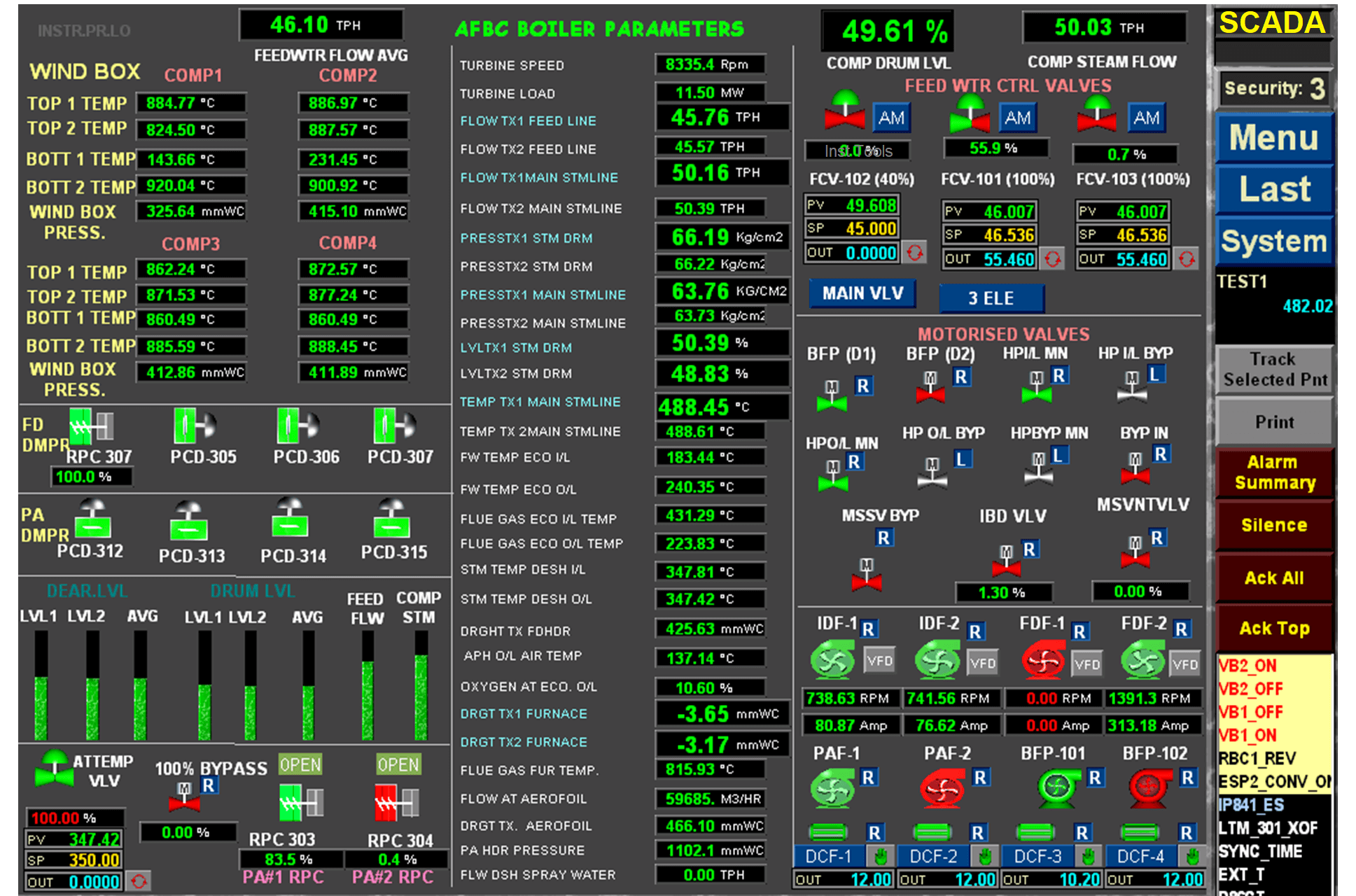In this article, we will discuss the electrical Energy Management System (EMS) and Supervisory Control & Data Acquisition (SCADA) in Power System
You might have often come across terms like EMS and SCADA. Do you know what they stand for and their importance in the power system??
EMS is a system for efficient management of energy in the power system. It is used for optimizing the performance of the generation and transmission systems by monitoring and controlling them through computerized tools.
EMS is an important system for the reliable and efficient operation of power systems and is related to its real-time monitoring, operation, and control.
EMS encompasses a variety of software applications for energy management which may provide a variety of services to the operator as well as the end user and thus enhance the performance of the whole power system.
As the name itself suggests, SCADA is used for the control and monitoring of any system. SCADA is a collection of equipment that will provide an operator at a remote location with enough information to determine the status of particular equipment or entire station and cause actions to take place regarding the equipment or network.
It achieves this requirement by collecting reliable field data through remote terminal units (RTUs), Intelligent Electric Devices (IEDs) and presenting them to user requirements.
It includes the collecting of the information, transferring it back to the central site, carrying out any necessary analysis and control, and then displaying that information on a number of operator screens or displays. The required control actions are then conveyed back to the process.
The important objectives of SCADA are listed below:
We can see that the flow of information takes place from process/equipment to SCADA and further to EMS where the data is analyzed through certain software and the required action is conveyed from EMS to the process/equipment through SCADA.
Thus, these systems help in the automation of the power system and fulfilling the biggest requirement of a high-reliability and high-energy efficiency power system.
A Typical SCADA Screen of a Generating Station

Author: Nitin Chaudhary
The conveyor sorting machine is widely used in the packing industries using the PLC program…
Learn the example of flip-flop PLC program for lamps application using the ladder logic to…
In this article, you will learn the STAR DELTA programming using PLC controller to start…
Lube oil consoles of rotary equipment packages in industrial process plants are usually equipped with…
Rotating equipment packages such as pumps, compressors, turbines need the lube oil consoles for their…
This article explains how to blink lights in ladder logic with a detailed explanation video…